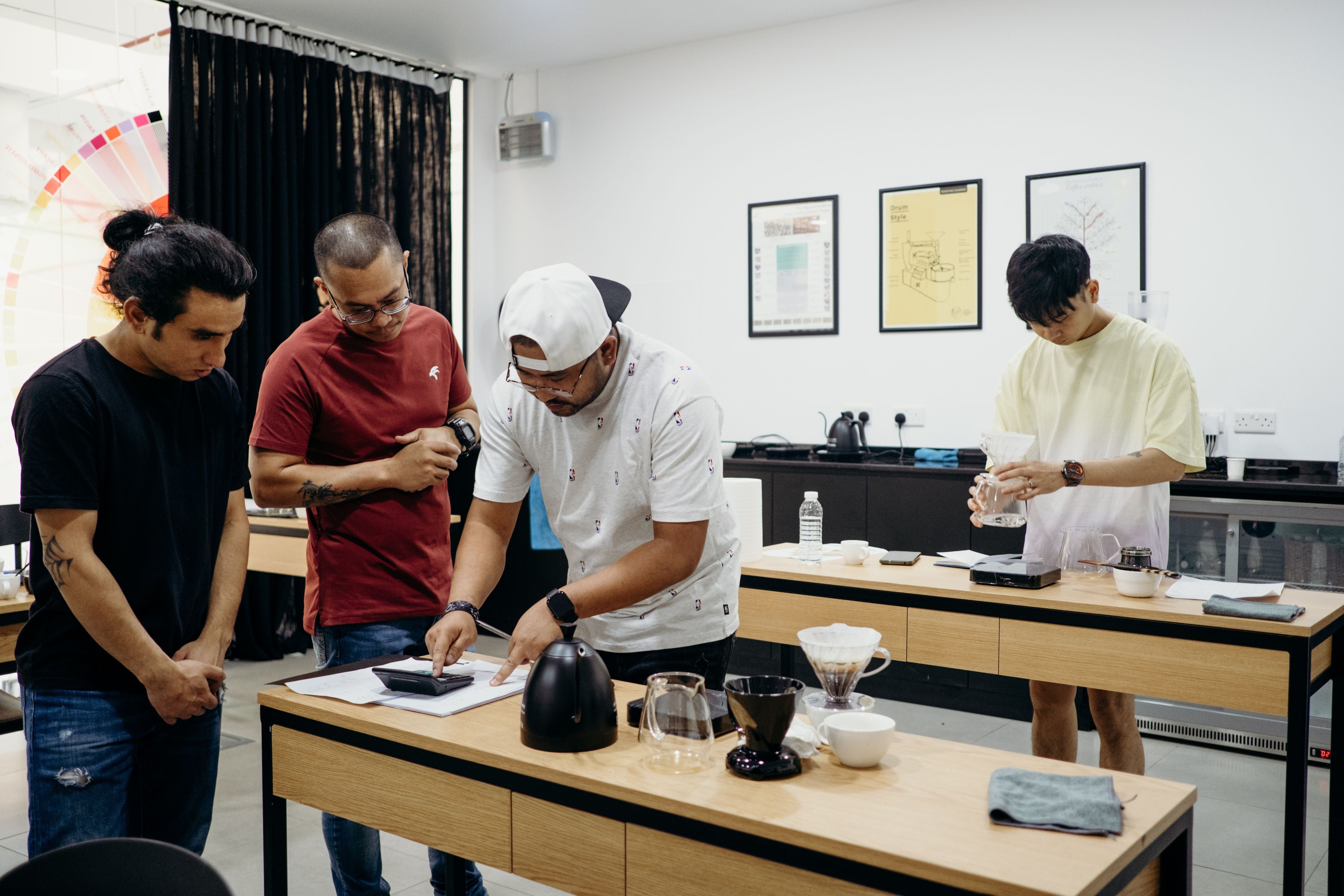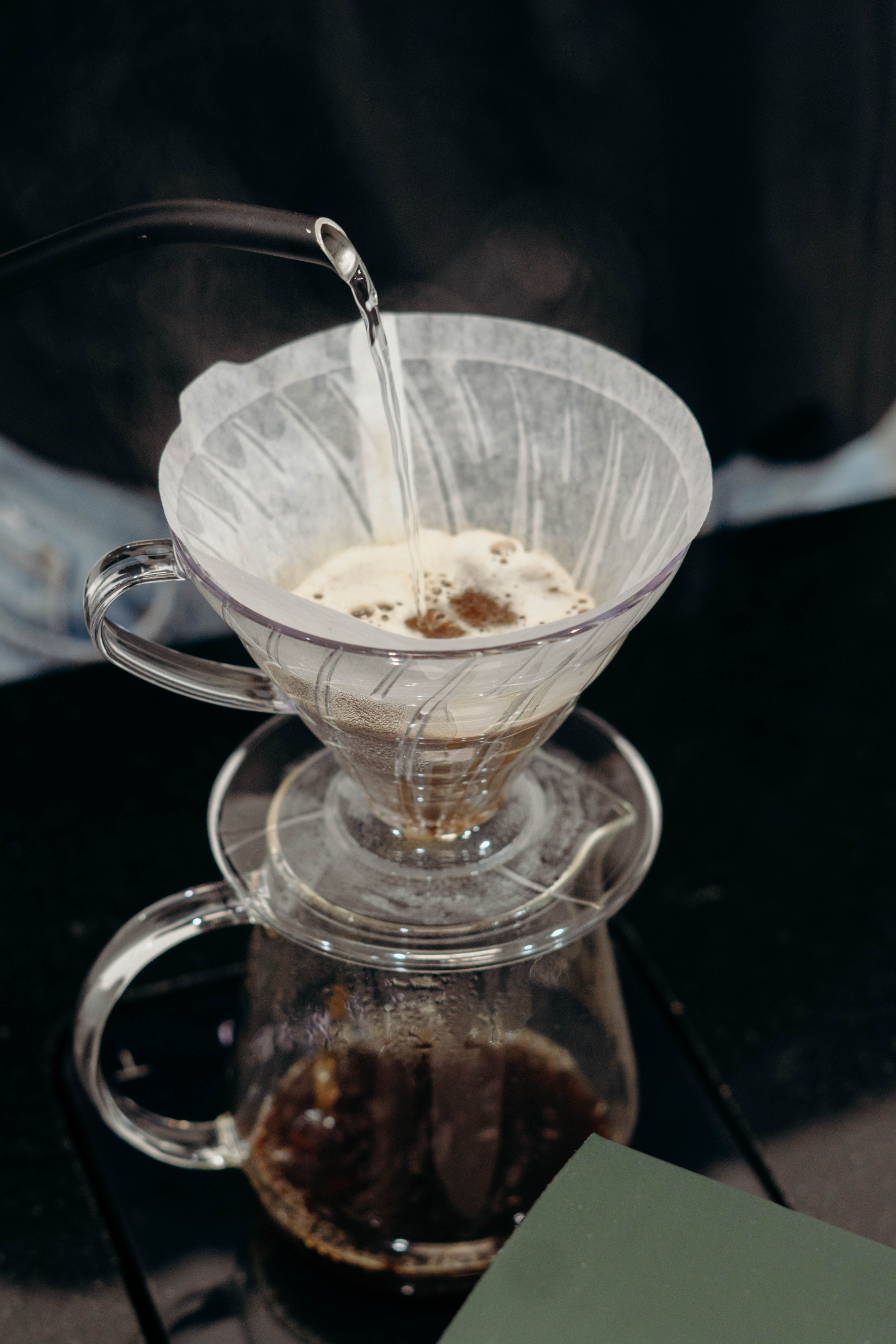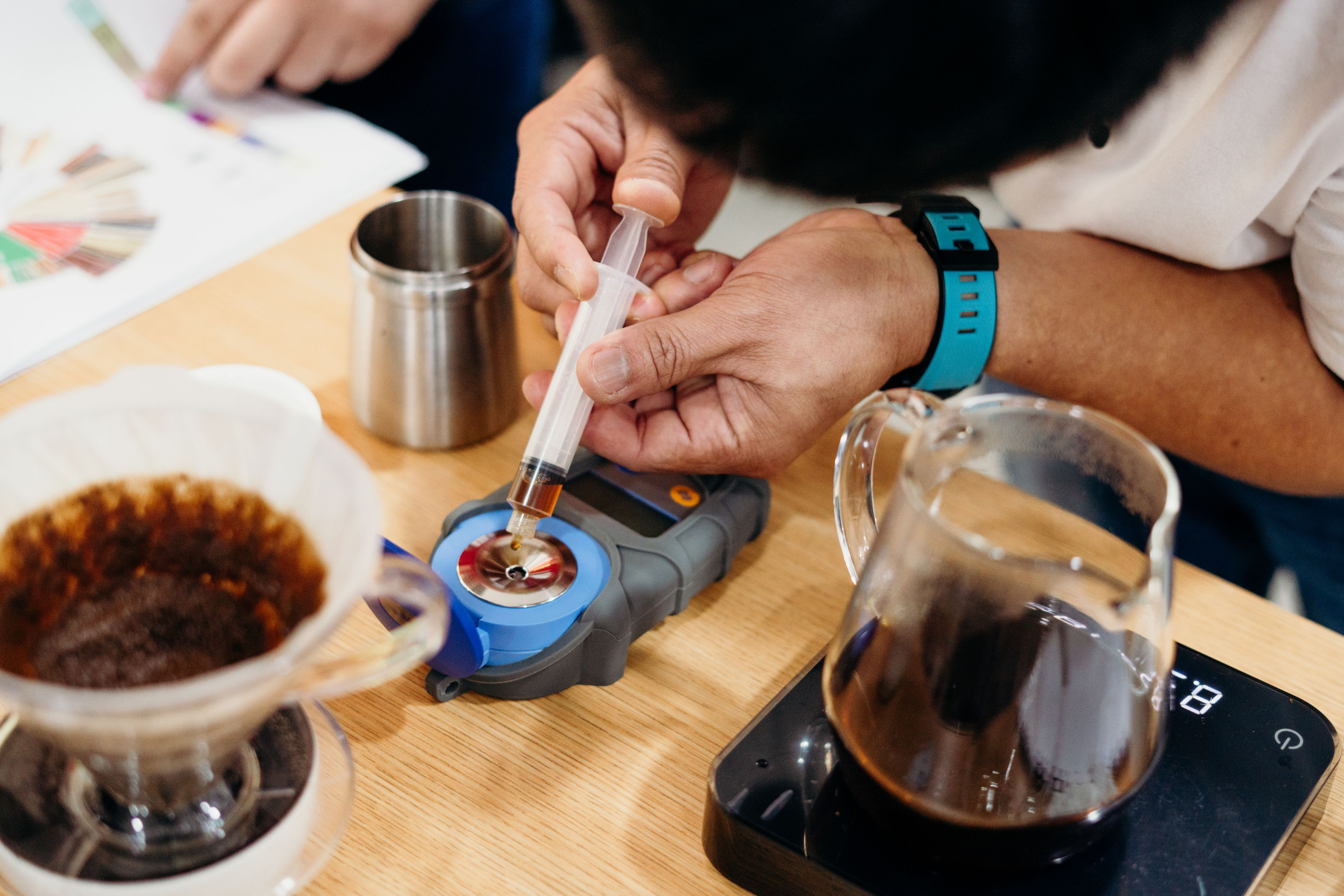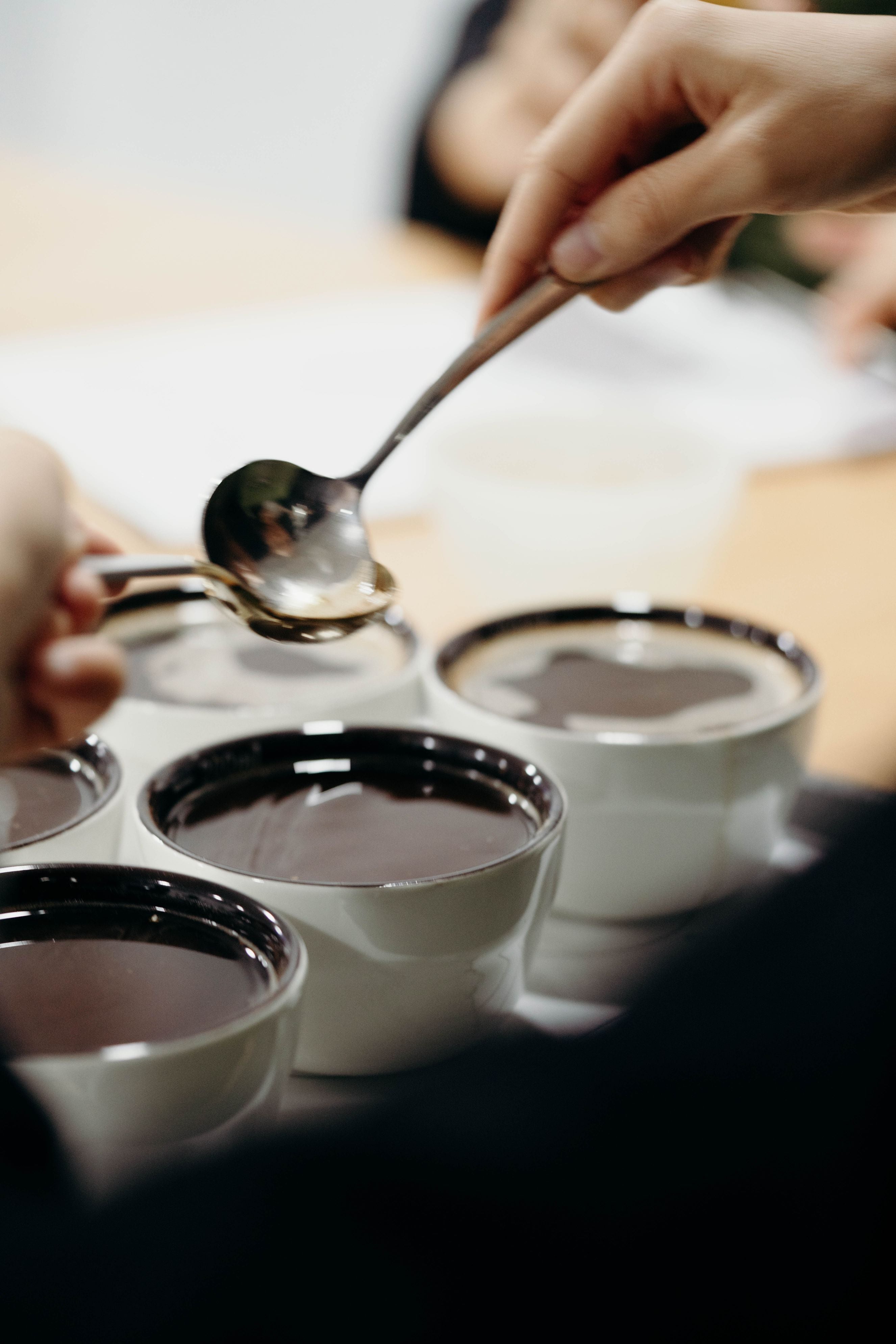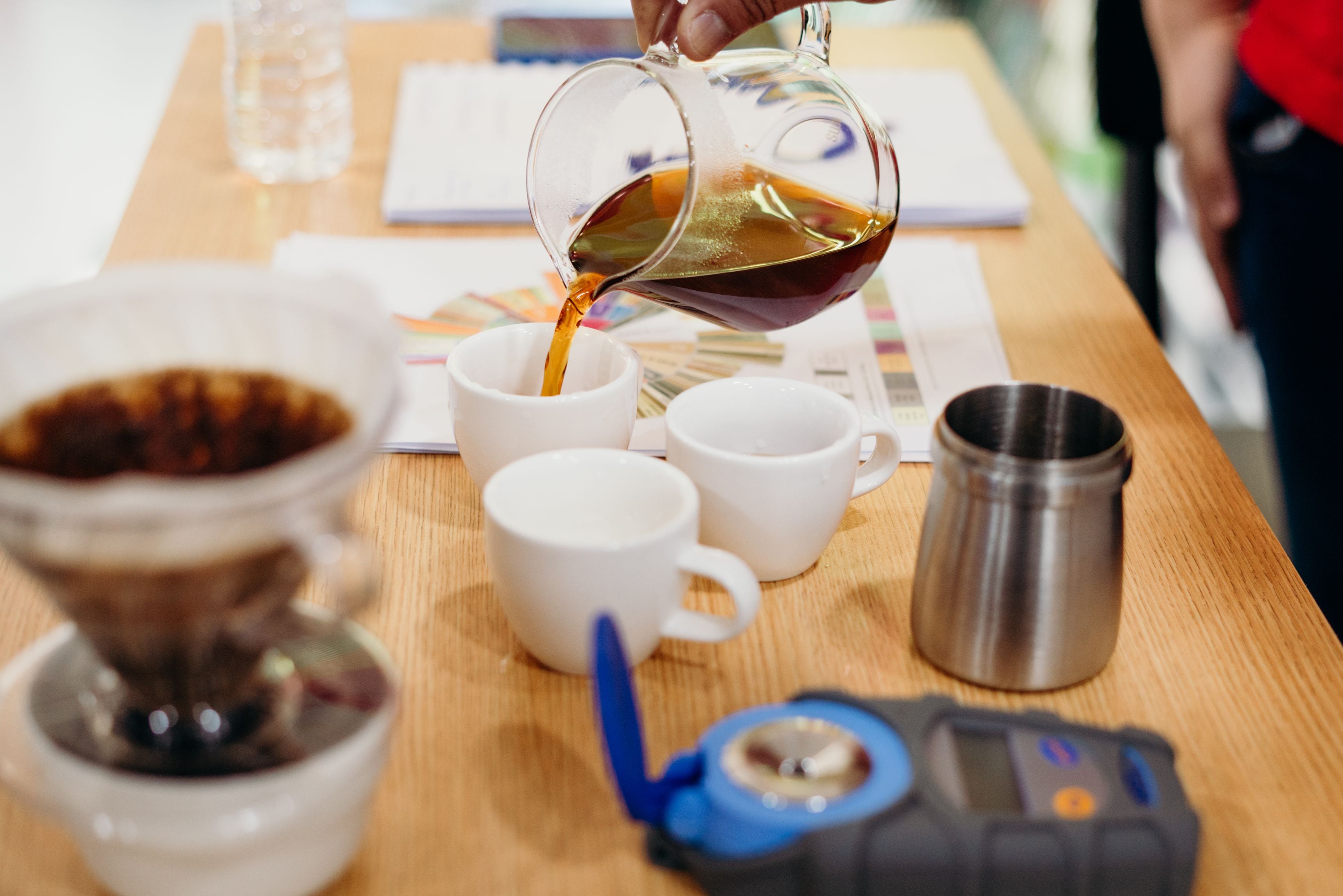Thinking About Water for Coffee
How broadly and deeply we think about the perfect water for coffee will always depend on why we’re thinking about it in the first place.
Which are you?
As a reasonably laidback home brewer or home barista, you may be most interested in getting the tasting notes on your bag of specialty coffee. However, as a professional barista in a coffee shop or a restaurant, you would be most concerned about efficiently extracting consistently tasty cups throughout your shift, from day to day.
A hardcore hobbyist might take a regimented yet playfully experimental approach just to explore a coffee’s flavor range. Then again, a coffee event competitor would subject themselves and their brews to highly stringent conditions and assess cup quality with greater precision and at an intense level of granularity.
Where we are
To start, what’s important is to use clean water that’s safe for drinking, won’t harm equipment, and will preserve the quality of the coffee itself.
Our friends behind the bar will be familiar with reverse osmosis (RO) filtration systems. At most, RO will remove sediments and contaminants from unfiltered water to make it safe and palatable, i.e., without what would generally be considered bad smells or tastes.
There is currently no definitive, constantly perfect water for coffee for every conceivable situation. In the same way, there is still no single machine or system that will produce the perfect water every time.
The SCA Standards
According to the SCA, these are the things to look out for in water to get an ideal quality of extraction when brewing specialty coffee:
- Odor should be clean, fresh, and odor-free. Noticeable odors like sulfates, bacteria, chlorine, or even phenol should be removed and treated.
- Color should be clear, with no cloudiness. Any particulates should be treated.
- Chlorine should be zero. Any trace has an enormous impact in the cup, and must strictly not be present.
- TDS (total dissolved solids in water) should be within a range of 75-250mg/L, with the target being 150mg/L.
- pH should be neutral. Target is 7.0, within an acceptable range of 6.5 - 7.5. Lower or higher can have an impact in brewing coffee.
- Lower pH means acidic.
- Higher pH can give a bitter, chalky, and flat taste. - Hardness (aka cation concentration) points to the composition of minerals magnesium and calcium in the water. This is very important in relation to flavor extraction and machine health.
In high-stakes situations, like national and world coffee competitions, competitors exert control by composing their own brewing water. This allows them to express their coffees’ most desirable attributes with precision and accurately describe the same to the judges.
MORE ON HARDNESS
Having a higher amount of this cation concentrated in water makes it “hard water.” The opposite, having a lower amount makes it “soft water.”
Too “hard water” or having more of these minerals will over-extract your coffee and drastically impact your equipment. It would block the pipes of your boiler, affecting flow and corroding the mechanism within. Even simple kettles would build up limescale.
In contrast, too “soft water” or having less of these minerals will under-extract your coffee and express undesirable notes that taste grassy, peanutty, and sour.
WHAT TO DO
The key real-world hack is always to align your brewing variables, or calibrate, according to the water available to you.
- In coffee shops or restaurants with exacting clientele, especially meticulous regulars, a best practice is to monitor hardness at scheduled intervals and then re-calibrate accordingly.
Whenever the hardness readings indicate the water may be too disruptive for the baristas to work with or not feasible at all, the head barista or cafe manager will have an objective basis to decide the appropriate next step. For example, they may decide to purchase more suitable water that will achieve the standard level of quality the customers look forward to and come back for.
- For our home brewers and home baristas, the most reasonable recommendation is to work with your usual drinking water. Then, with increasing brewing knowledge and experience from self-study or an Archers Academy course, you can opt to explore off-the-shelf options and fine-tune your brewing water as far as your interest will take you.
GO DEEPER INTO WATER FOR COFFEE


